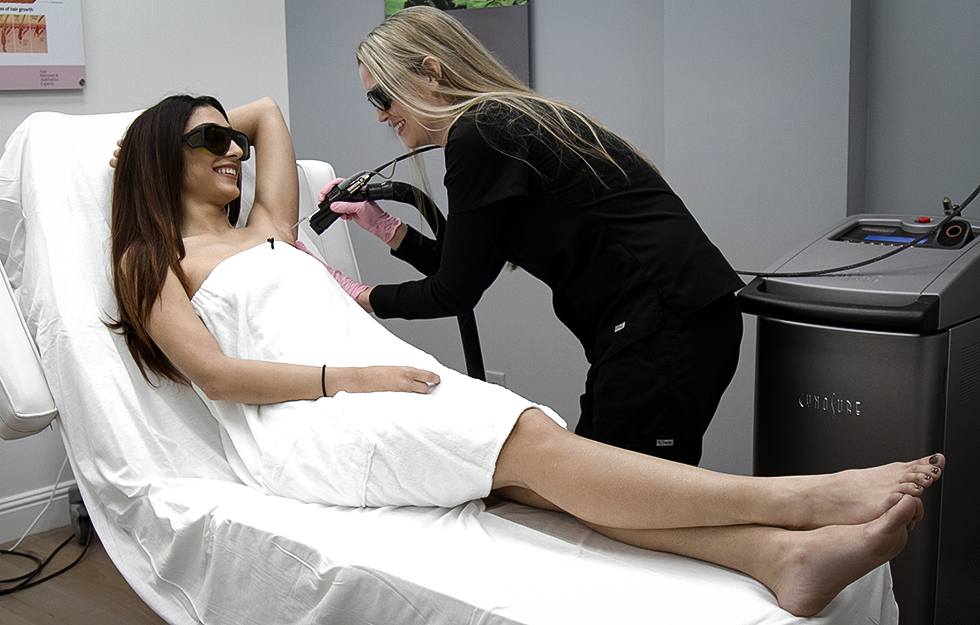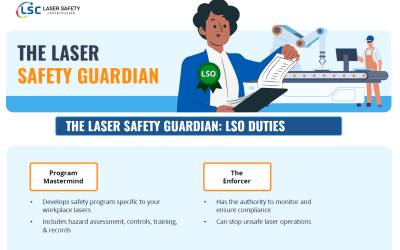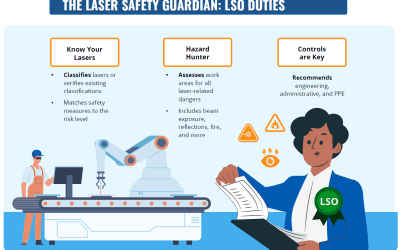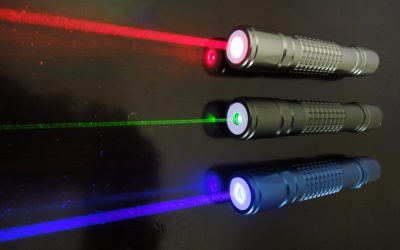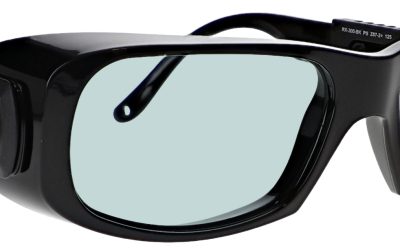Does Laser Hair Removal Really Work?
Laser hair removal is popular with people wanting a solution to hair removal that is more permanent than some other methods. Using lasers to remove hair works by stopping the hair follicles from growing new hairs.
Before embarking on the therapy, however, people should make themselves aware of some side effects of laser hair removal, as well as some myths that surround the process.
For most people, laser hair removal is a safe way to get rid of hair in unwanted places permanently or for long periods of time.
Is laser hair removal safe?
The majority of people who use it find that laser hair removal is safe and well-tolerated. There do not appear to be any long-term health risks associated with the procedure.
However, some people may experience minor side effects after laser hair removal. People should ask their dermatologist to test how a small patch of skin reacts to the treatment before having it done on a larger area of skin.
People wishing to have laser hair removal treatment should always use a fully-qualified practitioner.
Is laser hair removal painful?
For a couple of days after treatment, the affected skin may become red and tender. Many people describe the sensation as similar to a sunburn. The process itself, however, is typically not painful.
Side effects
A few different side effects can appear after laser hair removal. Most side effects are minor and temporary. Anyone experiencing lasting side effects should consult their dermatologist.
Redness and irritation
Laser hair removal damages the follicles of the targeted hairs. The body reacts to this, and many people experience redness and irritation in the affected areas. The skin may tingle or feel tender, and may even appear to swell slightly.
The symptoms are usually short-lived. The affected area may look similar to skin that has just been waxed or plucked. Some dermatologists use a topical anesthetic to reduce how much a person’s skin reacts to the process.
Irritation should ease after the initial reaction, usually within a few hours of the treatment. Swelling and redness may respond well to ice packs or a cool bath.
Crusting
Some people may experience skin crusting in the affected area. This is typically a minor issue but can be inconvenient.
Crusting can sometimes lead to scabbing or scarring. By taking care of the treated area after laser removal, such as by using a moisturizer, a person may prevent any lasting issues from this treatment.
Changes in skin color
Some people may notice minor color changes to the treated area of skin. It may get slightly darker or lighter, following laser hair removal.
People with lighter skin may be more likely to experience darker pigmentation changes. People with darker skin tones may be more prone to lighter pigmentation changes. These changes tend to fade away over time, and the skin returns to normal.
Eye injury
The hair removal procedure involves the use of powerful lasers. This means there is a risk of potentially serious eye injury, especially when a practitioner is working on a person’s face.
Both the person receiving the treatment and the practitioner should wear protective eye equipment to help prevent injury while the procedure is carried out.
Risk of skin infection
As with other cosmetic hair removal methods, damaging hair follicles with a laser can create an infection risk.
The affected area should be treated as a wound while it heals. People should report any signs of infection to a dermatologist.
Finally, they should not apply over-the-counter (OTC) antibiotic creams to large areas of skin if an infection arises.
Rare side effects
Less common side effects following laser hair removal can include the following:
Burns and blisters
There is a risk of burns and blisters if laser hair removal is not done correctly.
When a qualified practitioner carries out the process, however, burns and blisters are rare.
Laser hair removal uses high-heat lasers.
A practitioner may apply a cooling device to a person’s skin just before the laser is used. This helps to prevent the laser from burning the skin.
Scars
Scars are typically not a side effect of laser hair removal. However, if the practitioner makes an error, scarring can occur. This should not be an issue with most qualified practitioners.
Scars may also form if people do not care for the treated area correctly afterward.
They should treat the affected skin as if it had been sunburned to avoid further damage. This means keeping it moisturized, protected from light, and checked regularly for signs of infection.
But does it work?
Laser hair removal therapy does work, but it rarely achieves permanent hair removal. Laser treatment can significantly reduce hair growth, nevertheless.
After the first treatment, many people will only be hair-free for a few months. The hairs will eventually grow back, though they are often finer, lighter, and less likely to be noticed than before.
Many people will require multiple sessions to achieve a more permanent or satisfactory solution to unwanted hair. The hair may grow back lighter and thinner with each subsequent session. After enough treatments, it may stop growing back altogether.
Laser hair removal may also be more effective on dark hair. People with blond, reddish, or grey hairs may not notice much of a change, as laser lights are attracted to dark hair and are often not successful on light hair.
Laser hair removal during pregnancy
Experts do not recommend laser hair removal for people who are pregnant. This is because scientists have not carried out any human studies that prove the safety of laser hair removal during pregnancy.
Pregnancy causes hormonal changes in a person’s body. This can commonly cause extra hairs to grow in unwanted places. While this growth can be embarrassing, the hairs often go away on their own.
If the hairs do not go away unaided, a person may want to try laser treatment after their pregnancy. Doctors may ask them to wait a few weeks after giving birth before they have the treatment.
To learn more about safety during laser hair removal
It is important that cosmetic and healthcare organizations have a Cosmetic Laser Safety Officer to provide employee training for the proper handling of laser equipment. Cosmetic Laser Safety Officer training and certification for key staff members and laser safety training for all employees that use laser enabled devices is an important part of any safety program. An ongoing LSO training program will ensure that all employees stay up to date.
See our Cosmetic Laser Safety and Cosmetic LSO Certification courses for more information and get certified today. Get started today by enrolling your company. We also have an FAQ section with common answers about our courses, certification options and kit offerings for your Laser Safety Officer (LSO) to administer your own safety program.
